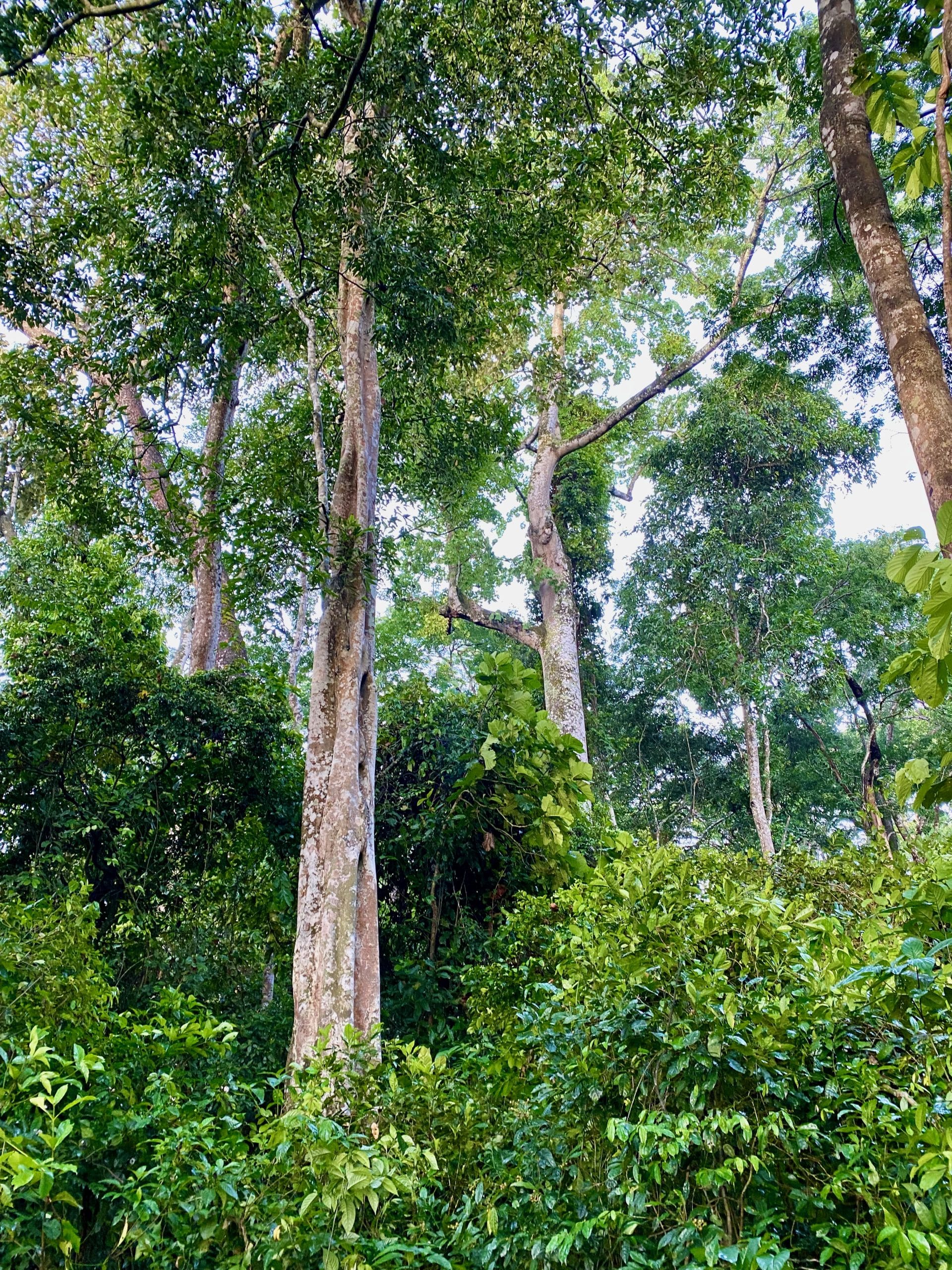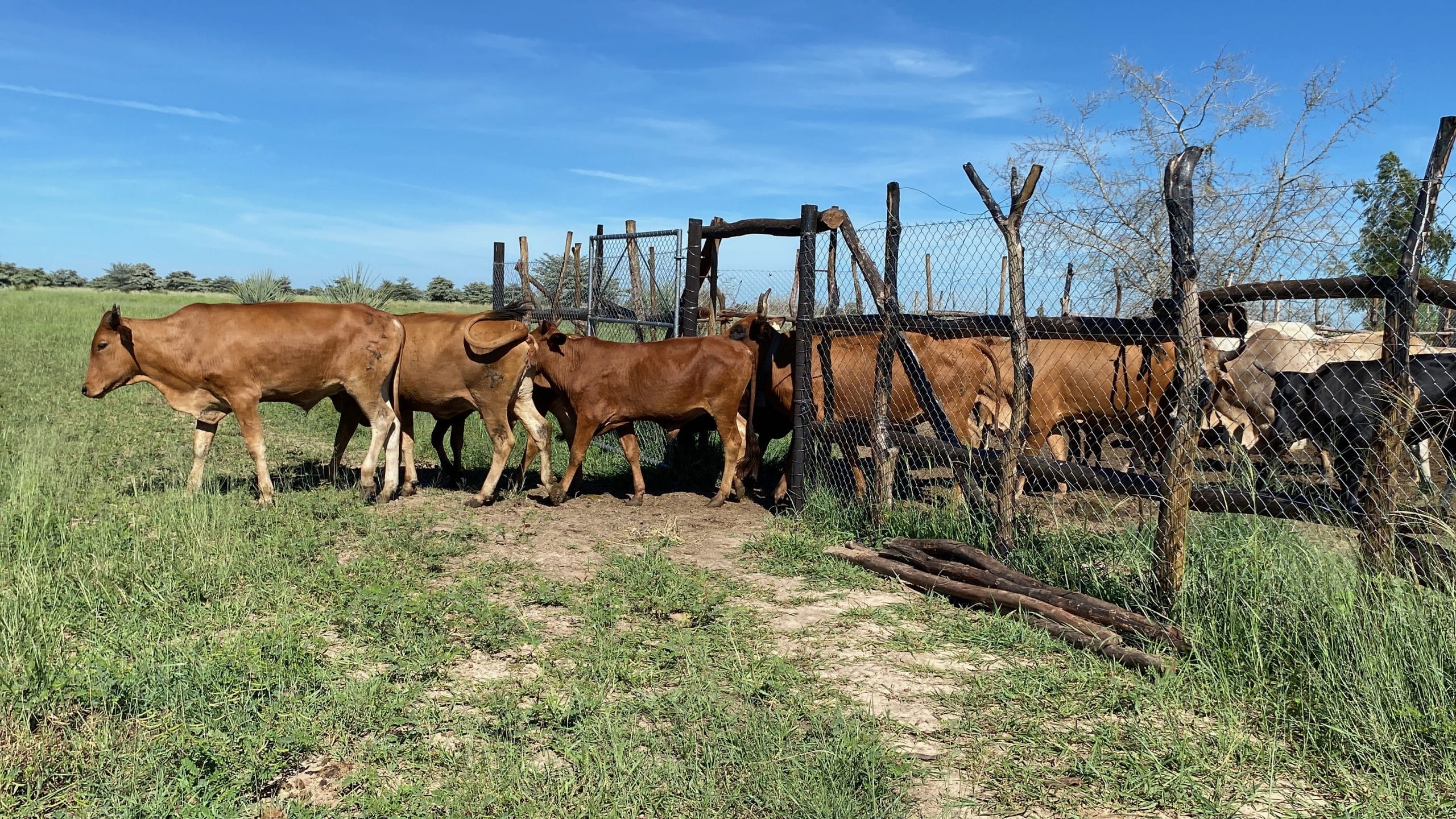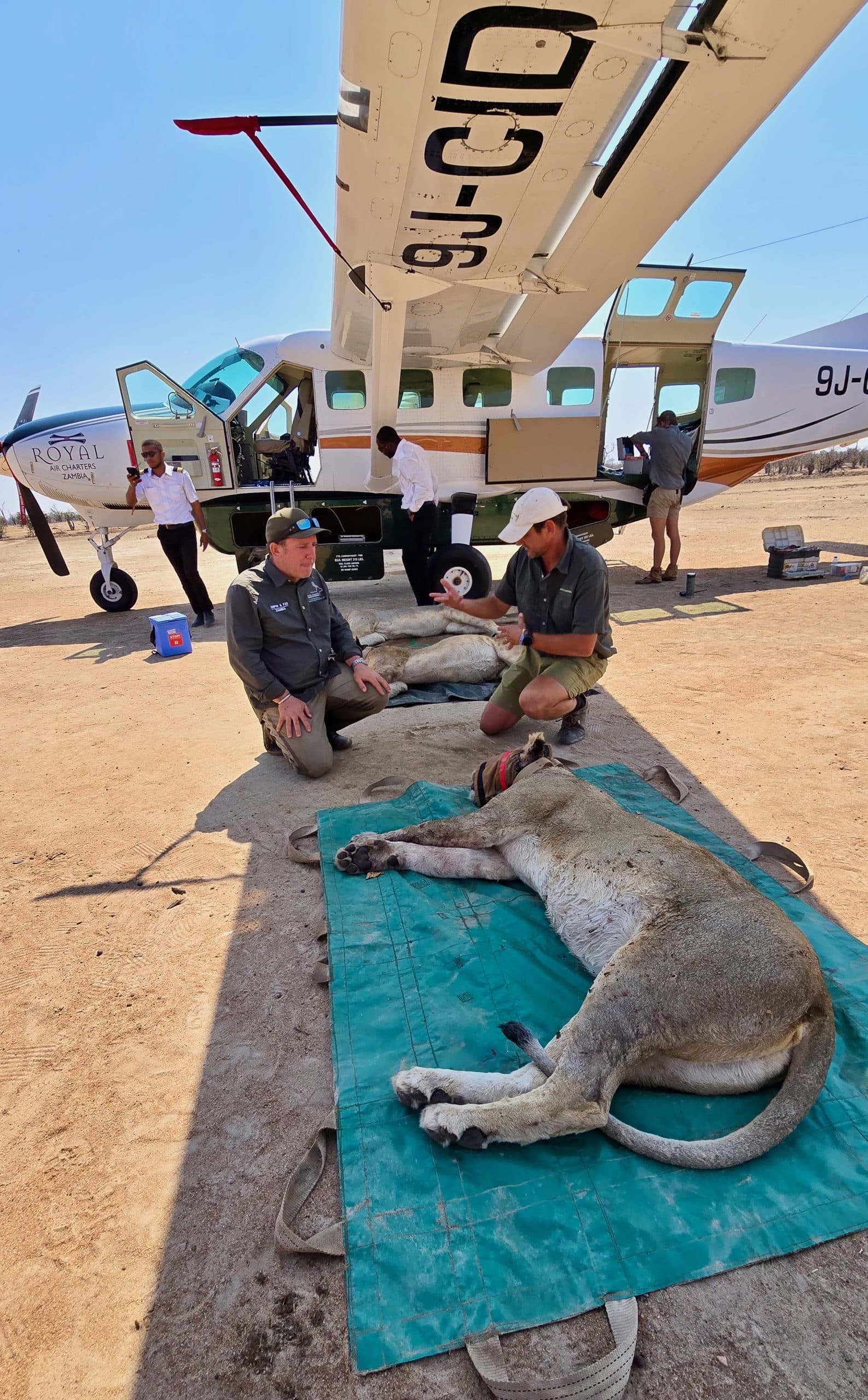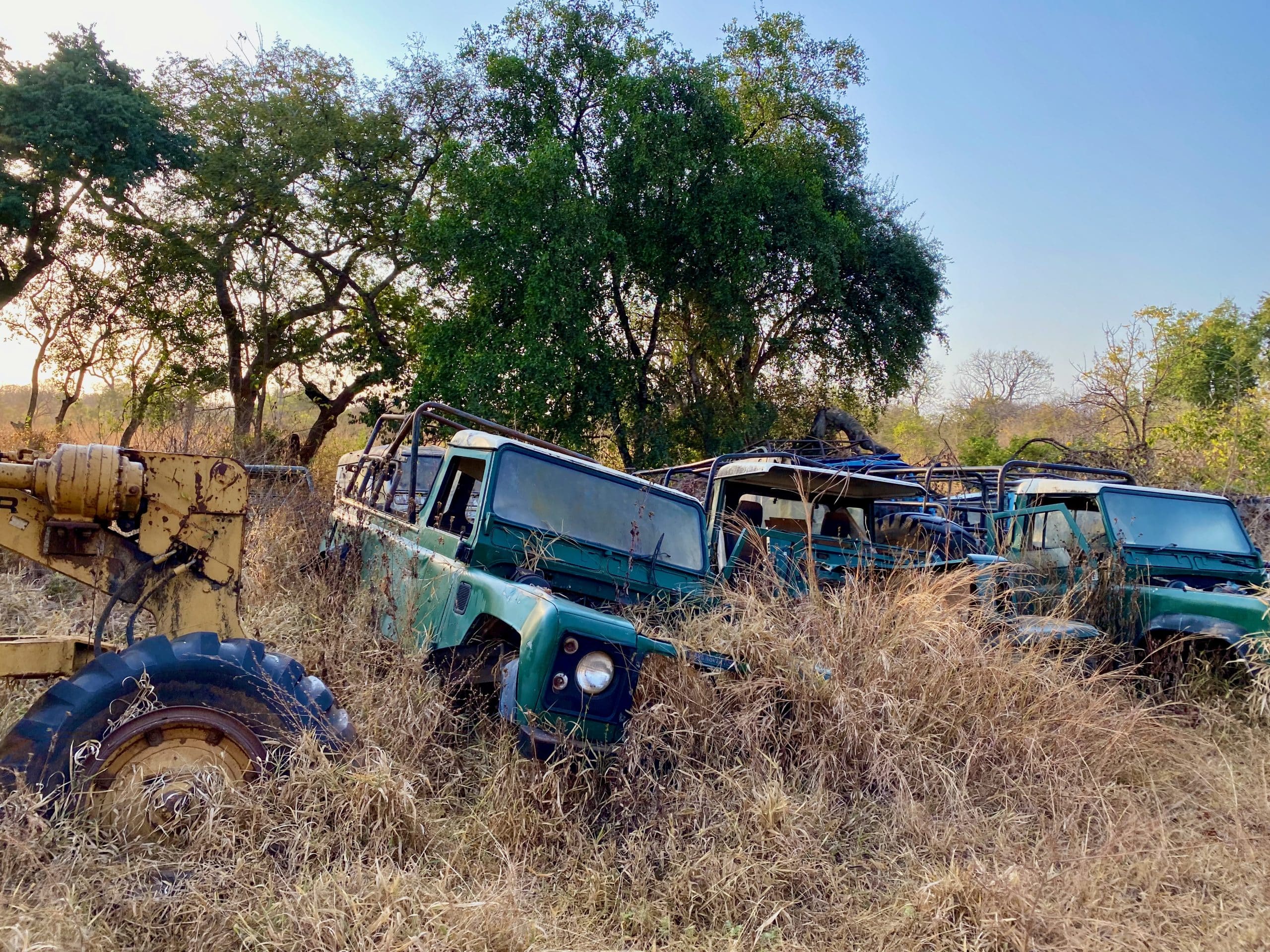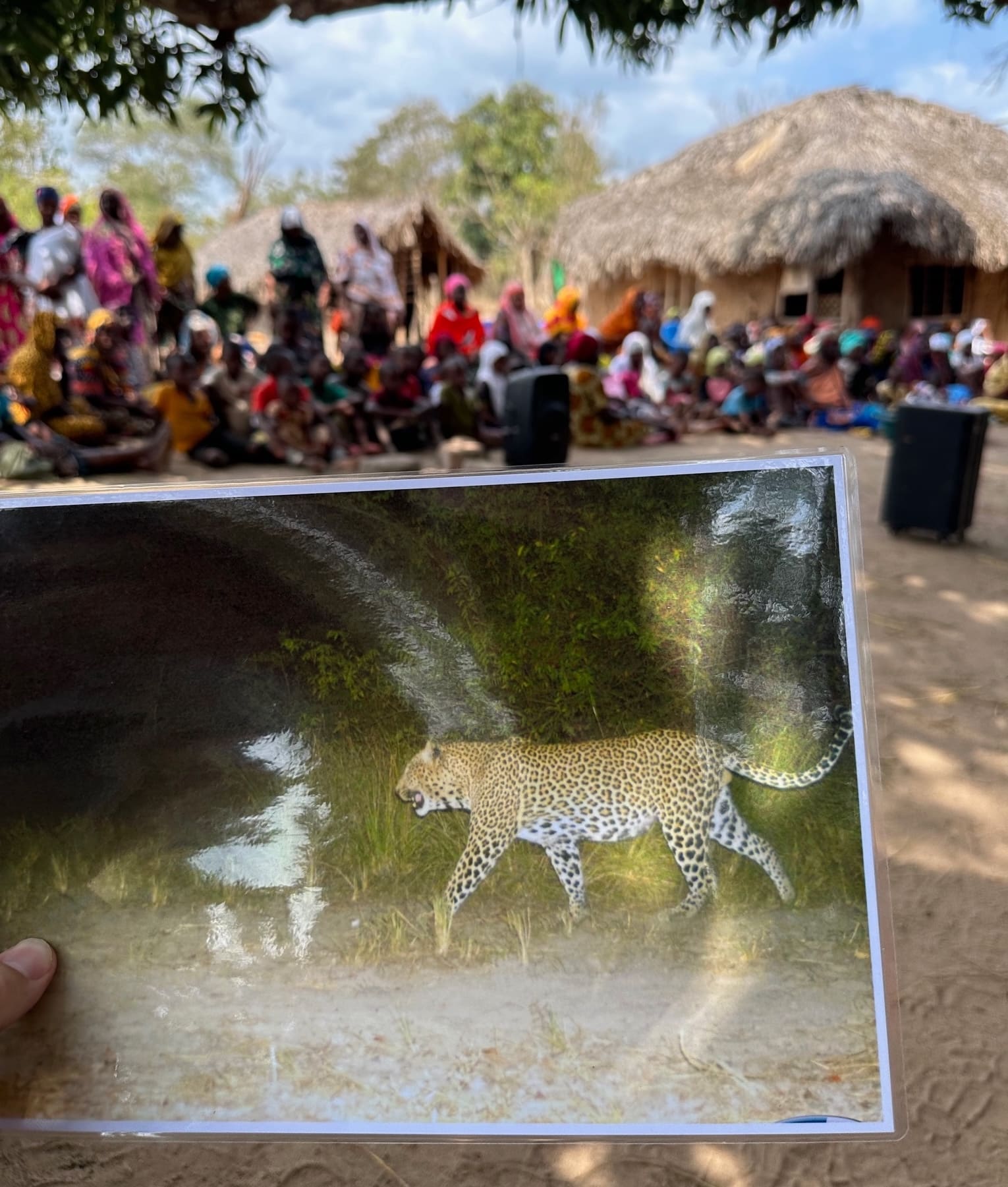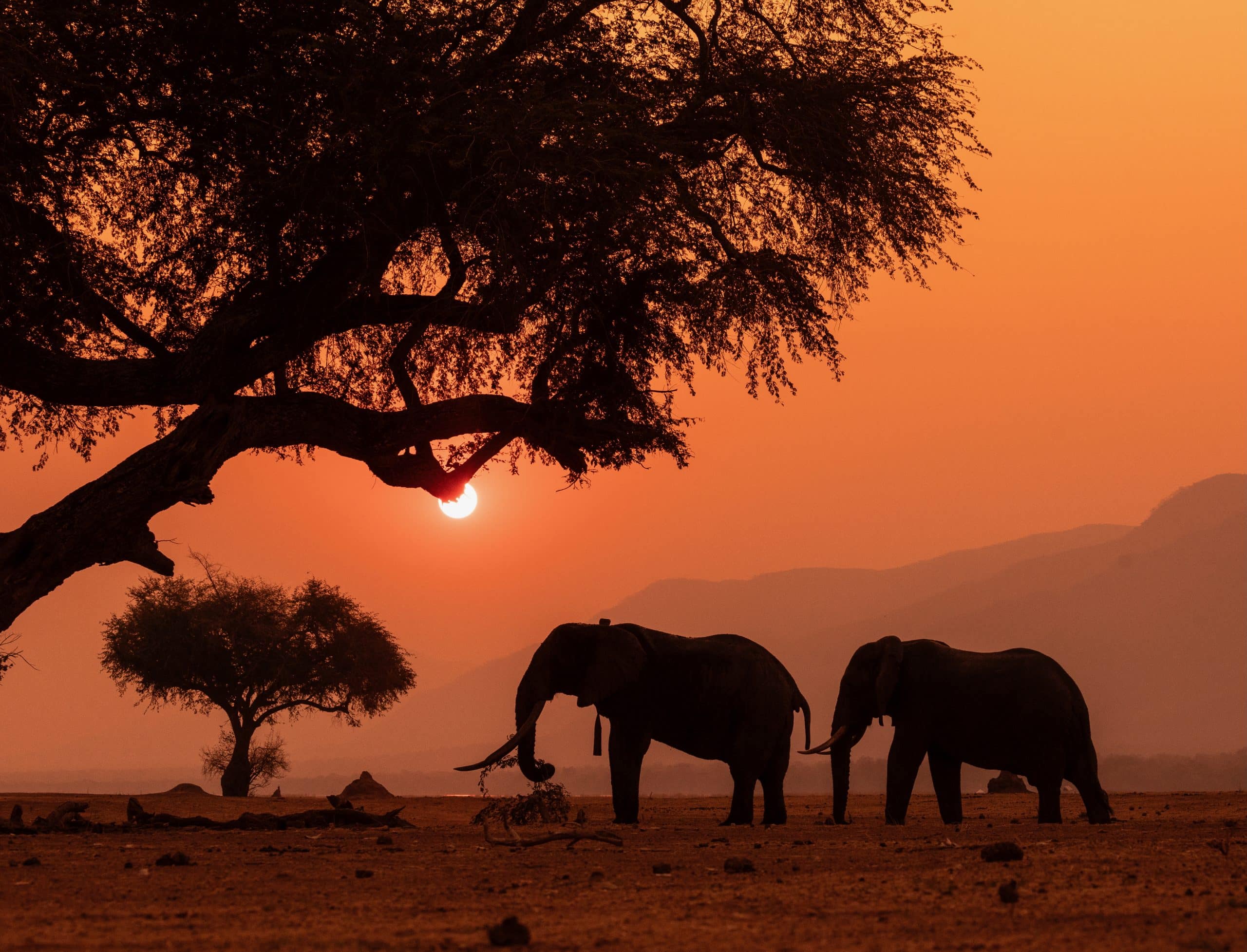For many years, lions were assumed to be doing just fine. Although they have always been a favoured focal species for researchers, not much direct conservation effort was directed at protecting them. Most focus was placed on conserving elephants and rhinos, and with good reason, as these species were under massive pressure. However, in the early 2000s, the conservation community began to wake up to the fact that lions were struggling. A significant meeting was held in Johannesburg in 2006 to strategise the way forward for conserving lions. The delay in picking up on the seriousness of the predicament facing lions was probably due to a combination of the fact that lions remained abundant and readily seen in the most-visited protected areas (a fact that remains true to this day), and because lions were not generally the victim of gory poaching incidents in the same way that rhinos and elephants were (though that is changing). Instead, lions were the victims of the combined and insidious effects of varied human pressures, including habitat loss, loss of their prey populations and persecution by livestock farmers.
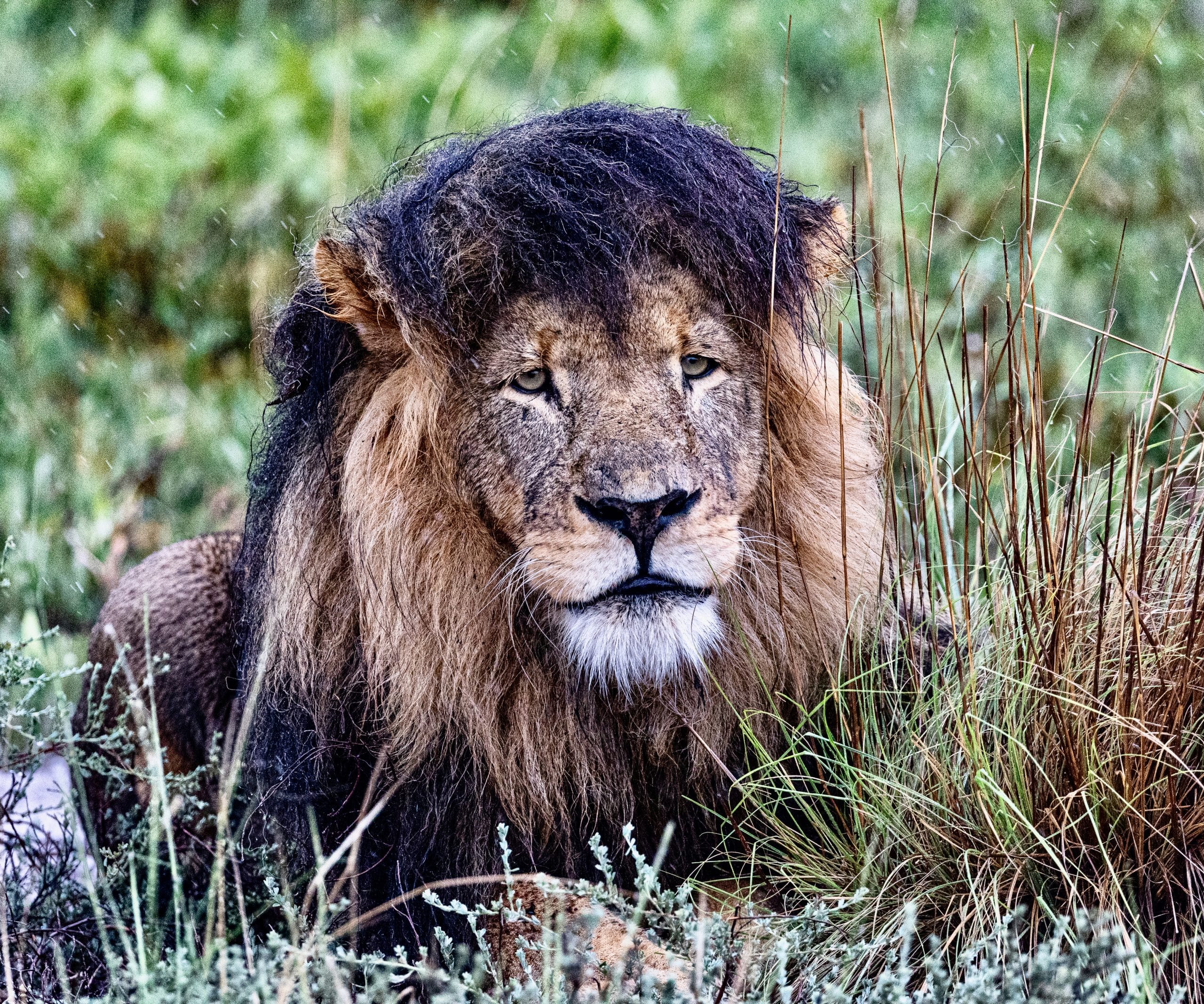
However, during the last 20 years, it has become evident that lion populations have suffered significant declines in numbers and distribution. For example, between the release of the original Lion King movie and the release of the re-imagination of the film in 2019, lion populations likely halved. Poignantly, the Lion Recovery Fund (LRF) has teamed up with Disney through the Protect the Pride campaign to promote lion recovery in Africa.
The latest estimates—compiled by the LRF-funded IUCN Cat Specialist Group African Lion Database—suggest that about 23,000 wild lions remain in Africa and occupy just 7% of the historic range. There is a lot of uncertainty around population estimates, as only a small proportion of the lion range has been systematically surveyed. The Lion Recovery Fund, with support from the Ayers Wild Cat Conservation Trust, is working to improve this by supporting the roll-out of robust surveys as widely and quickly as possible.
It seems reasonable to expect that the worst population declines have already happened, as a significant proportion of the remaining lion range occurs in protected areas. Furthermore, some notable recoveries are underway in some parts of Africa. For example, lions are increasing rapidly in the Central African Republic’s vast Chinko Conservation Area, thanks to the efforts of LRF grantee African Parks and the authorities there. Given the size of that massive landscape, there is potential for the area to host hundreds or even thousands of lions one day.
Lions are showing early signs of recovery in Zambia’s Kafue National Park thanks to a partnership between Zambian authorities, African Parks, and a host of other NGOs. There has been a notable recovery in lion numbers in Senegal’s Niokolo-Koba National Park—one of only possibly two remaining populations of lions in West Africa. There, lions have recovered from fewer than 10 individuals to nearly 40 and continue to grow, thanks to the efforts of LRF grantee Panthera and the Senegalese authorities. There has been a recovery in lion numbers in the Zambezi Region of Namibia, thanks to the efforts of various stakeholders, including LRF grantee Kwando Carnivores, who have done tremendous work at reducing human-lion conflict and retaliatory killing of lions by pastoralists.
There are several places where lions have been reintroduced and are doing well. For example, lions were reintroduced into several parks managed by African Parks in partnership with local authorities, such as in Liwonde and Majete in Malawi, Liuwa Plain in Zambia, and Akagera in Rwanda. In all cases, lions are doing well. There is a large ‘meta-population’ comprising approximately 889 lions in 60 fenced reserves in South Africa, which is well managed and protected and doing exceptionally well (Jeanetta Selier pers. comm, SANBI). Lions were recently reintroduced into Nsumbu National Park, with support from the LRF, following several years of impressive preparatory work by the Department of National Parks and Wildlife and the Frankfurt Zoological Society.
There are parts of lion range that retain large and healthy lion populations. For example, lions are abundant in the Serengeti-Mara system in Tanzania/Kenya, and other parks such as Hwange in Zimbabwe, South Luangwa in Zambia, Niassa in Mozambique Kruger National Park and various others retain large populations. However, there is still potential for significant future declines.
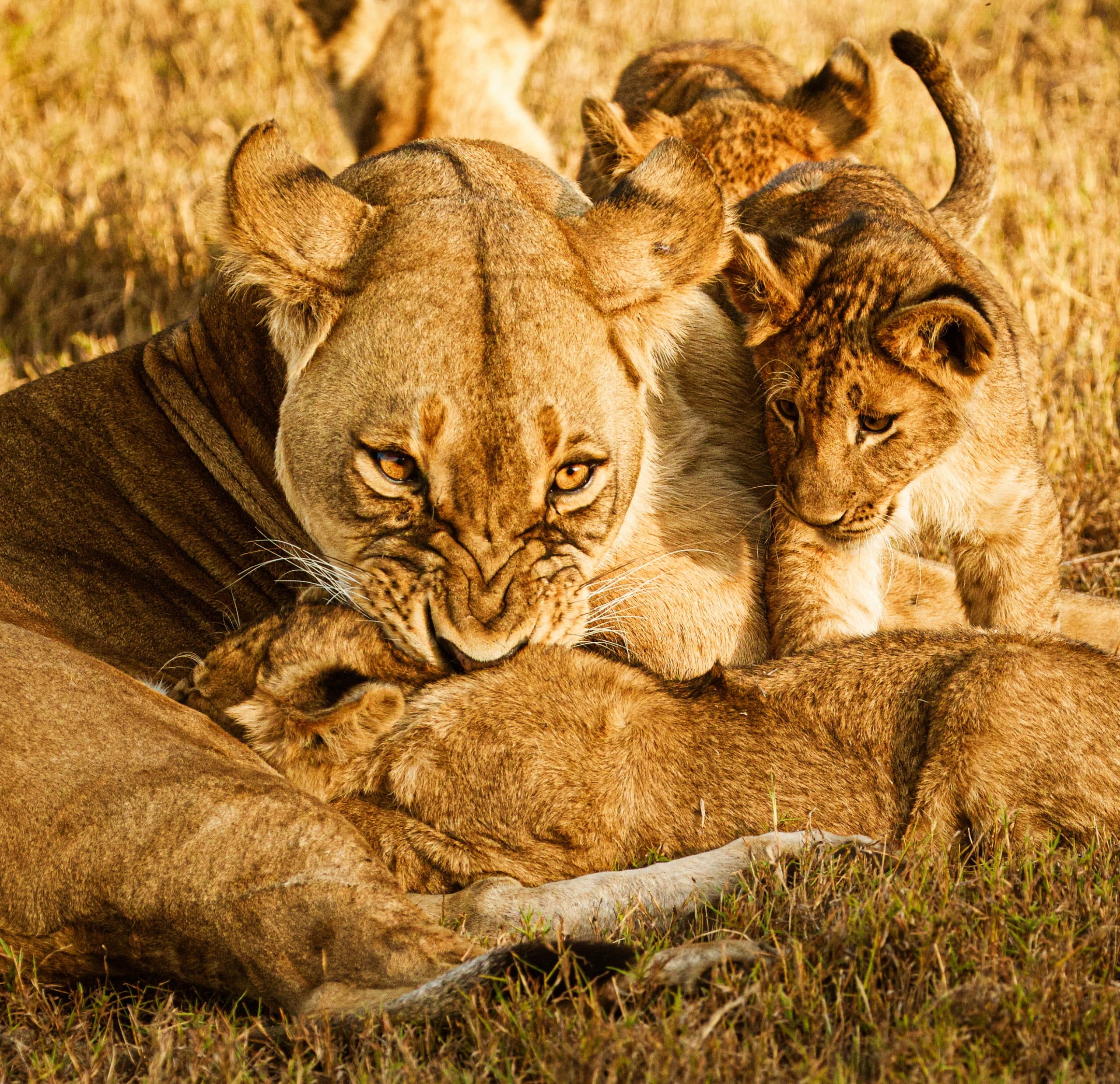
There are still significant portions of lion range that are unprotected. In addition, human and livestock populations are growing rapidly and pushing close to and even within protected areas. New threats are emerging, such as targeted poaching of lions for their body parts, which has become a serious issue in parts of the species range. This issue is particularly pronounced in Mozambique, and its effects have spilt over into protected areas in adjacent Zimbabwe (Gonarezhou) and South Africa (Kruger). The LRF has invested in projects designed to better safeguard lions from this dangerous threat in both parks, led by Gonarezhou Conservation Trust and the Greater Kruger Ecological Protection Foundation, who work hand in hand with the Zim Parks Authority and South African National parks, respectively. In the case of Gonarezhou, lions have started to increase in number once again.
Many African countries have set aside and retained vast areas for conservation, for which they deserve enormous credit. However, facing competing developmental needs and poverty, funding for managing these areas is critically short. As a result, many protected areas are either severely under-managed, or in some cases, completely unmanaged. In such cases, protected areas become highly vulnerable to human pressures. A pattern is often observed whereby first populations of large wildlife species become depleted due to poaching for bushmeat and other commodities. Then, under-managed protected areas become subject to other pressures, such as illegal logging, mining, livestock grazing, bush clearing for agriculture and even settlement.
Some protected areas become so degraded that it is easier for governments to downsize or degazette them rather than restore them. These risks are particularly acute in secondary protected areas, such as game reserves, wildlife/game management areas, forestry reserves, etc. Many of these areas receive very little conservation attention and are at acute risk of being lost without a significantly elevated effort and investment. For countries that have set aside well-above-average land areas for conservation, downsizing or degazetting non-performing and depleted protected areas is a relatively simple political decision in the context of rapidly growing pressures for land. So, for lions and other wildlife, a critical step is to support the management of neglected protected areas to prevent these threats from emerging and to enable these areas to fulfil their potential for the host countries and economies. This step is essential to minimise future losses of lion range and to enable lion populations to recover.
A positive and accelerating trend in conservation over the last 20 years or so has been the development of collaborative management partnerships (CMPs) between NGOs and state wildlife authorities for the management of protected areas. CMPs have created vehicles that have been effective at harnessing both funding and technical skills to support the management of protected areas and have resulted in some remarkable turnarounds in the fortunes of some critically important conservation areas.
The LRF has made a number of investments to help NGOs commence or maintain and deepen investments in neglected conservation areas. For example, we have invested significantly in supporting the work of Musekese Conservation, Panthera and Game Rangers International to strengthen management in the Game Management Areas around Kafue. We have invested heavily in helping Fauna and Flora work with the authorities to manage and protect South Sudan’s vast Southern National Park. LRF has been supporting various actors in strengthening management in neglected conservation areas in Mozambique, with a particular focus on the ‘arc’ of conservation areas that emanate from the Zambezi Delta and run westward. This area has enormous potential for lion recovery, and LRF’s support for Zambeze Delta Conservation and Natura has the potential to both help significant range loss and foster lion recovery.
Lion conservation is about much more than just lions. Effective lion conservation means protecting the habitats and prey they depend on and the lions themselves. Effective lion conservation also means engaging local communities and governments and working to ensure that local people and economies benefit from the presence of wildlife areas. Correspondingly, the LRF invests in a wide range of projects designed to reduce local people’s costs from living with lions and create incentives for coexistence.
The next few decades will be of critical importance for lion conservation. As human and livestock populations grow, as the continent develops, conservation continues to face critical funding shortages, and as Africa faces intense external pressures for its resources, conservation of lions and other wildlife will become increasingly challenging. However, over time and once we pass through the difficult next few decades as human populations stabilise, poverty eases, and a robust global mechanisms for funding conservation hopefully emerge, conserving lions and their prey should become easier. It is the efforts that we make now that will determine how much lion range (and other biodiversity) may persist in perpetuity.
Africa’s vast network of protected areas poses both massive challenges and opportunities for lion conservation. The challenge is securing enough funding and technical expertise to sufficiently protect and manage these vast spaces. To that end, the global community has a responsibility to help Africa—and particularly those states that are going above and beyond in their efforts to protect nature. The opportunity is that Africa’s protected area network is sufficiently large to host four times more lions than currently persist if they are managed optimally.
Political commitment to conservation in Africa is resolute and capacity for conservation on the continent is growing ever stronger. We have sufficient space allocated for conservation and the tools that we know work to conserve lions and other wildlife. We just need to raise enough funding to roll these interventions out at scale, which the LRF has set out to do. The LRF is highly optimistic about Africa and its prospects. We will work as hard as we can to support the incredible efforts of people on the continent to conserve lions and the other amazing wildlife that occurs here.



